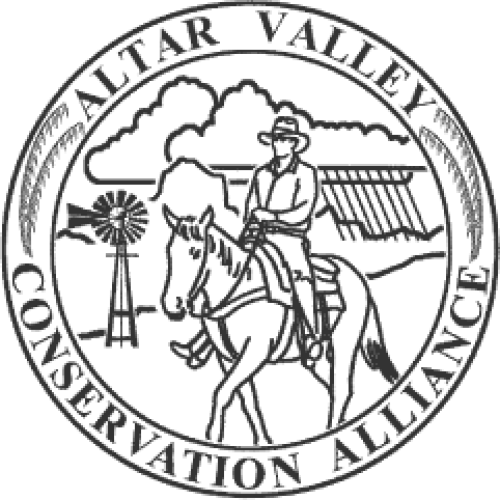Abstract
In the north Ethiopian highlands, gully erosion is a significant land degradation process. Although the protective role of vegetation has been demonstrated in many studies, efforts previously made in using woody species for erosion control in the research area are limited, and when applied, survival of the planted seedlings was very low. Lack of experience and fundamental knowledge on species autecology and traits are two important bottlenecks. This study therefore aims at better understanding seedling establishment and growth in a context of tree plantings, with the view to further control gully erosion in a semi-arid environment. To this end survival, growth and development of seedlings of Acacia etbaica Schweinf., Sesbania sesban (L.) Merr. and Dodonaea angustifolia L.f. were monitored during 26 months in a field trial under different site conditions and treatments. The experiment was established at two sites characterized by topographic and edaphic conditions (Vertisol and sandy colluvium) representative for the study area. At each site, seedlings were subjected to different treatments of watering, sheltering and planting position (gully floor, sidewall and shoulder), and a large set of plant growth variables was regularly monitored. Height and biomass growth was fastest for Sesbania, even if affected by different pests. Regardless of the species, plants growing in the (nutrient-rich) Vertisol site had a higher survival rate and an overall better development. Shelter protection significantly increased survival and resulted in taller seedlings. Notwithstanding these general trends, treatment effects were often varying over time and strongly influenced by specific edaphic conditions. Generally, Acacia performed best on gully shoulder and wall, Sesbania on the gully floor and Dodonaea on shoulder positions. Recommendations for planting practice and follow-up research are discussed.

Reports and other documents about Sonoran Desert ecology, management, and conservation. Curated by the not-for-profit Altar Valley Conservation Alliance (AVCA) located outside Tucson, AZ.